Happy with these.
I wore these tramping on a few big treks.
Performed really well. Good work boots too if your on your feet all day.
great pants fit well and hard wearing love them
DESOLVE CAMOUFLAGE
A REVOLUTION IN UNGULATE CAMOUFLAGE
Since its launch back in 2014 our camo has become iconic, helping our customers cheat animal vision and hunt more effectively than any other camo in the market.
True innovation doesn’t just take a useful idea. It takes time and a helluva lot of patience. Bringing our truly unique Desolve Camouflage to market took hundreds of hours of research, design and testing in the wild before we felt confident that we’d cracked the puzzle of how animals see, and disrupted camo forever.
Here’s the story.
As passionate hunters driven to find bigger trophies and get closer, we realised that understanding animal vision could give us an edge. This is what we learned.
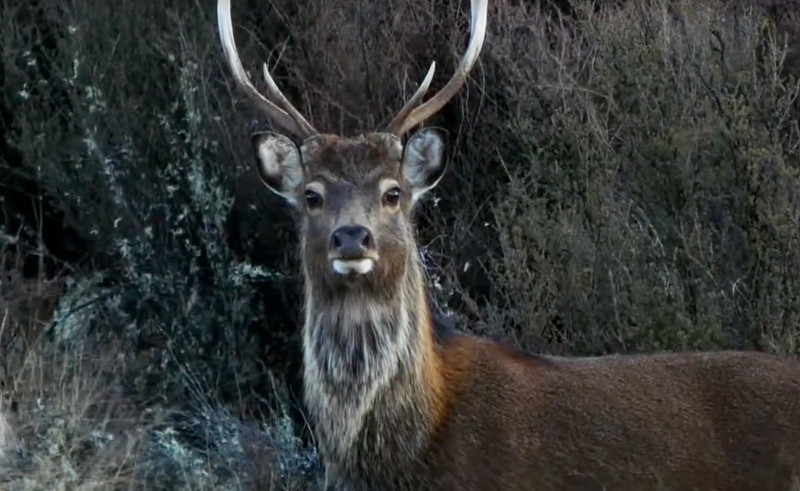
Hooved animals have eyes on the sides of their heads, giving them a 270-degree field of vision but reducing clarity.
Studies show their vision lacks detail, so they see blurry outlines instead, much like needing glasses. They detect threats based on symmetry and silhouettes, particularly faces of predators.
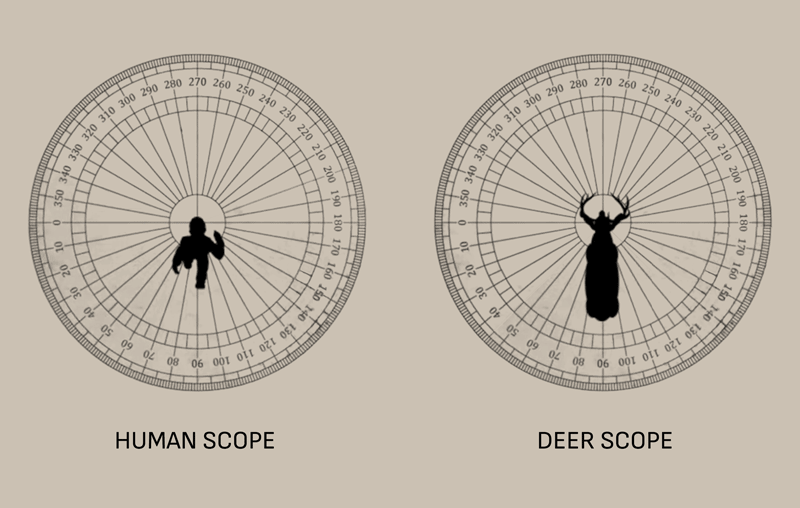
Almost all animal eyes contain rods and cones that help interpret light, shape, and colour. Hooved animals, like ungulates (e.g. deer), lack cones to detect red spectrum colours, making them red-green colour blind.
As a result, deer see most shades of green, brown, yellow, orange, and red as similar. This is why hunters can wear bright blaze orange without standing out to deer.
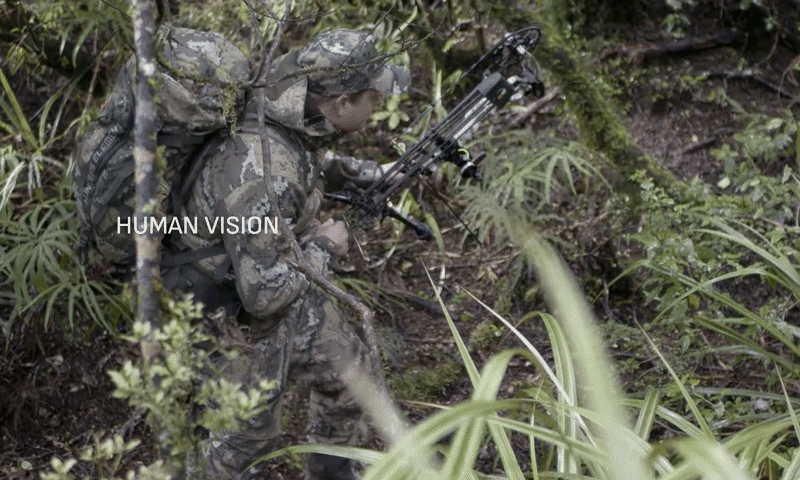
UV light appears as glowing, shiny colours to humans, but our eyes block about 99% of it.
Ungulates, however, lack this filter, making UV colours appear much brighter, especially in low light. Since UV glow is rare in nature, it alerts ungulates to its presence.
Many modern hunting clothes and laundry products contain UV enhancers, which may explain why hunters swear by the effectiveness of their old, worn clothes.
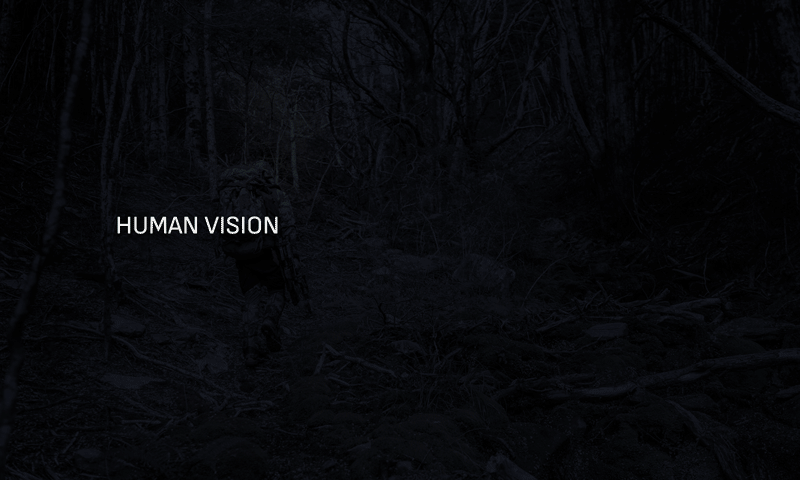
Deer move most at dawn and dusk partly due to their Tapetum Lucidum, a mirror-like layer behind the retina that enhances night vision. It reflects unabsorbed light back through the retina, improving low-light sight.
This likely evolved to help prey feed at night, though many predators have also adapted to see well in the dark.
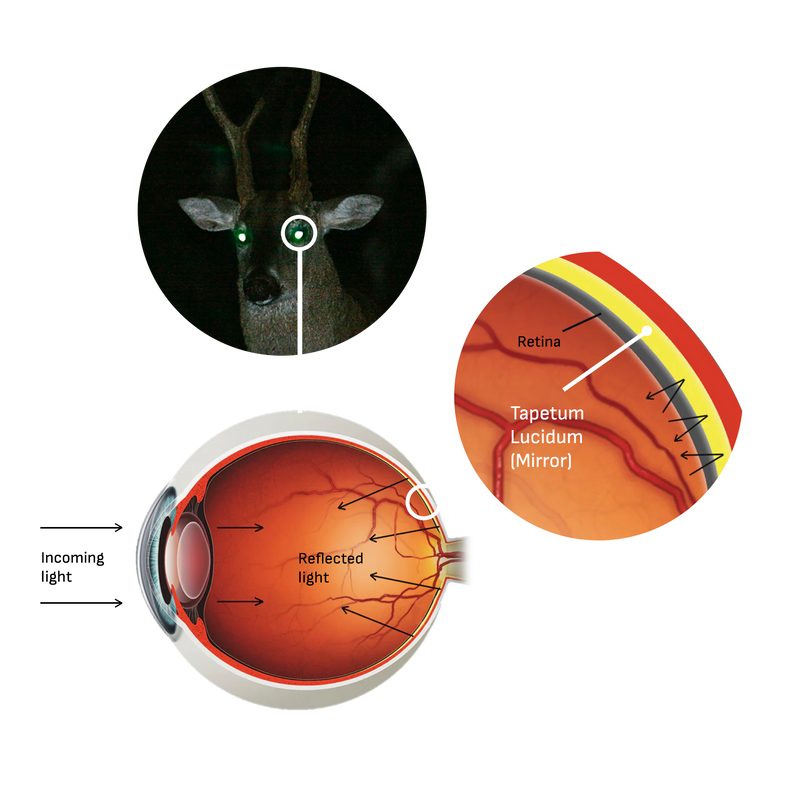
KEY TAKE-AWAYS
While we can’t fully see the world through their eyes, our research enabled us to isolate the key principles to exploiting their visual weaknesses.
Predators and prey use camouflage to stay hidden, and big cats offer great examples. Tigers use macro patterns for stalking from a distance, while leopards use micro patterns for close ambush.
Combining both helps break up outlines and create depth, making hunters harder to detect at various ranges.
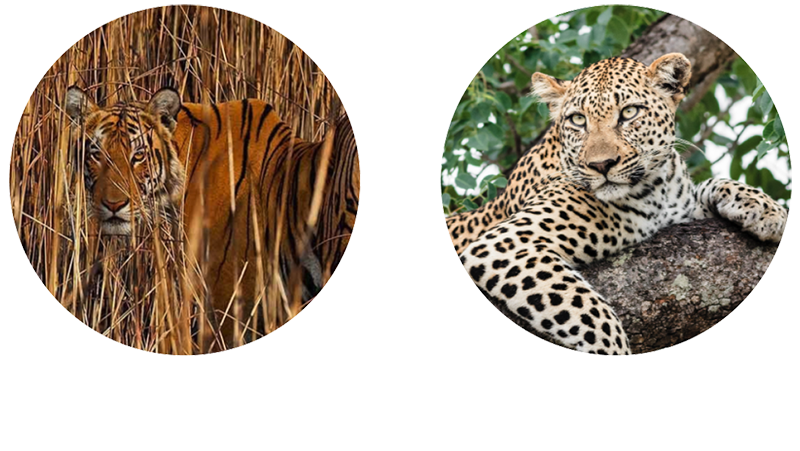
Another example of drawing inspiration from nature is the Dazzle camouflage that was used in WWI on ships. Mimicking a herd of zebra (called a ‘dazzle’), it confuses the enemy on the angle and direction of the ships.
We’ve adopted this principle of confusion and disruption in our design approach.
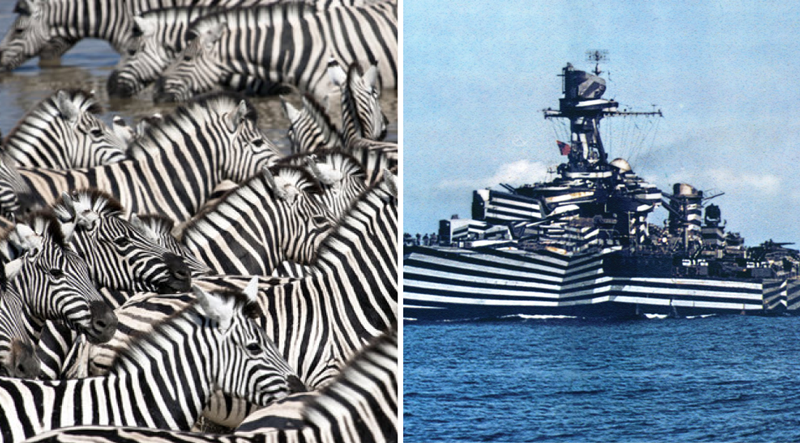
Traditional mimicry camo uses detailed natural images that look good to humans but appear as blurry shapes to ungulates.
Disruption camo, using varied patterns to break up outlines, is more effective, making animals see parts of the pattern as separate objects and helping hunters blend in completely.
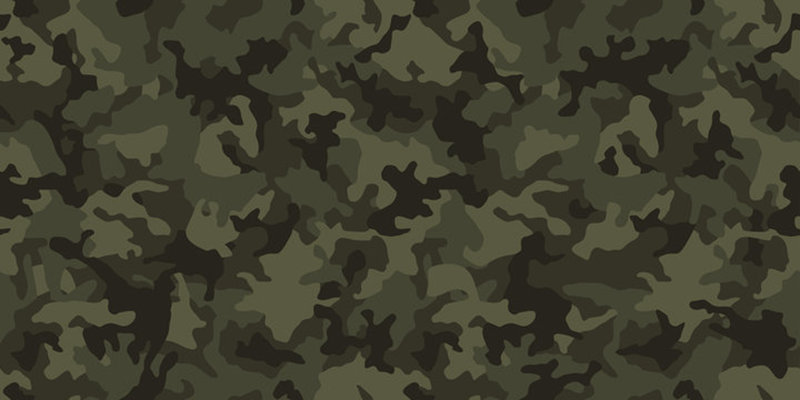
Building on our research, we developed three camo variants using different micro-to-macro pattern ratios: micro-heavy, balanced 50/50, and macro-heavy.
We tested them in the field using basic green and brown shades across forest, riverbed, and open terrain at distances from 20m to 300m.
Simulating ungulate vision—by removing red and adding blur—revealed that the 50/50 pattern best disrupted outlines. With slight adjustments, it was ready for advanced testing.
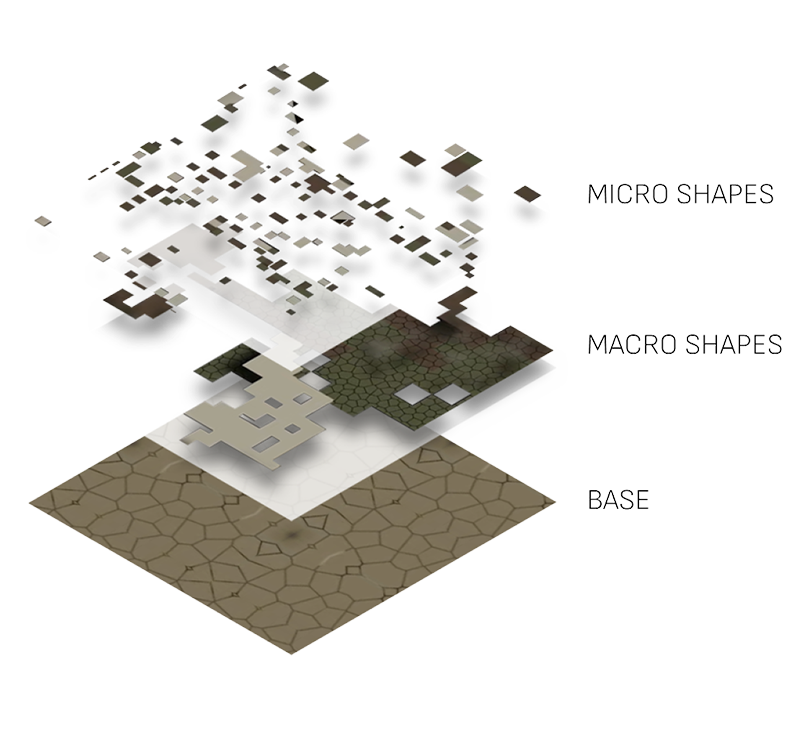
The colours used in Desolve Camo pattern have been pulled from common hunting terrains and melt seamlessly into the landscape.
In the bush, the green tones do the wor,k whereas in alpine scrubby terrain the lighter colours play their part.The optimal balance of these colours means that the pattern is suitable for a range of terrains.
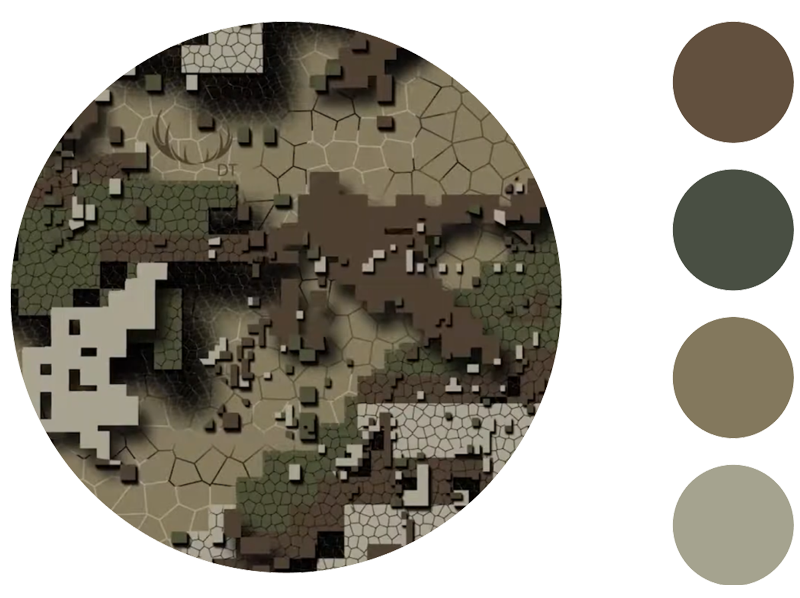
The Results
After refining colours and running more tests (including blind "Where’s Wally" trials) we finalised the Desolve camouflage pattern and started using it in all our products.
Don’t just believe us, believe fellow hunters. Here’re just a handful of our Desolve camo fans!
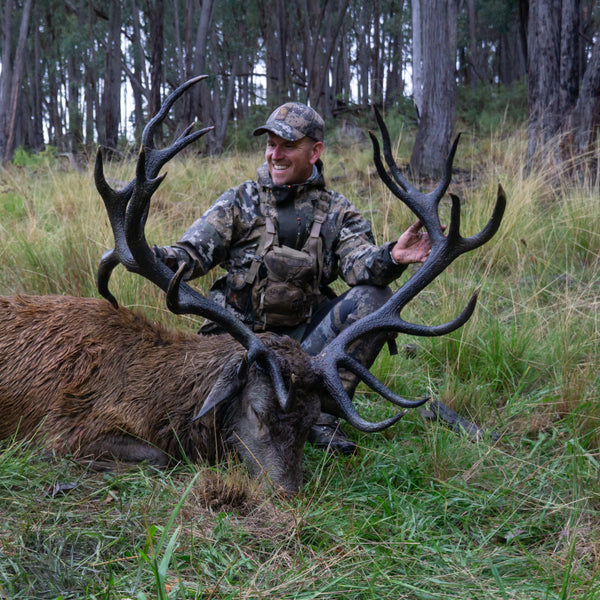
“From the vast terrains of Australia to the alpine slopes of New Zealand and further afield to the tundra of Canada, the Desolve® camo has consistently helped me close the gap.”
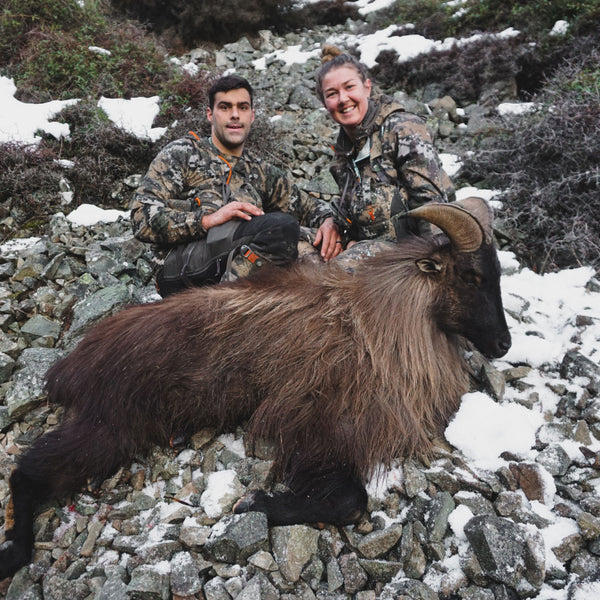
“If it can make something as big as me disappear it must be good.”
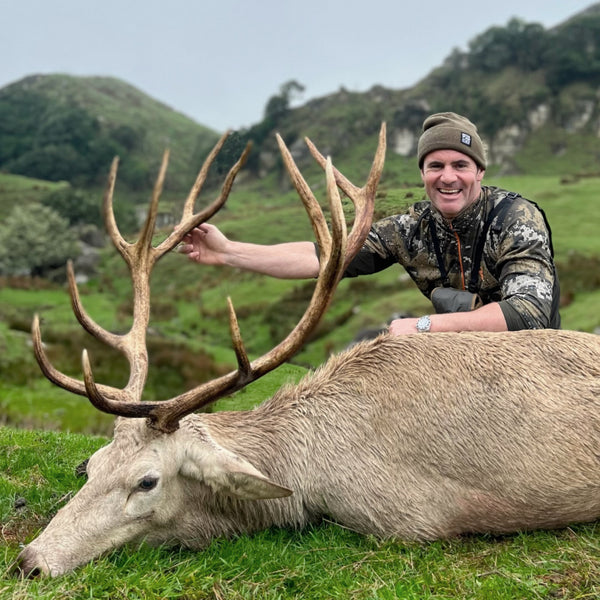
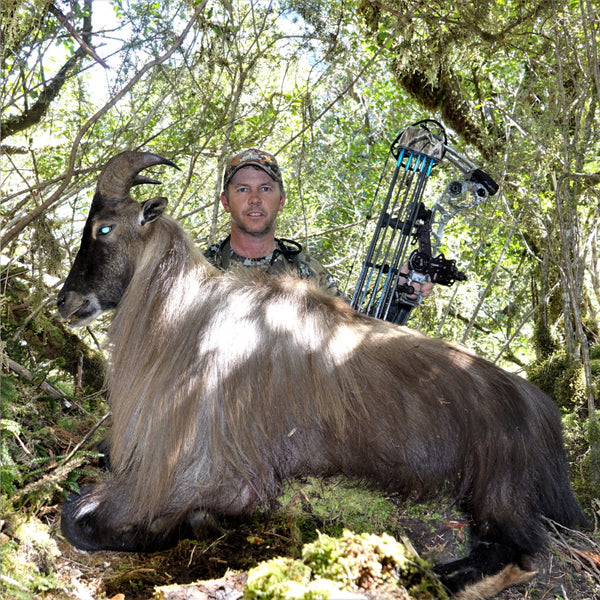
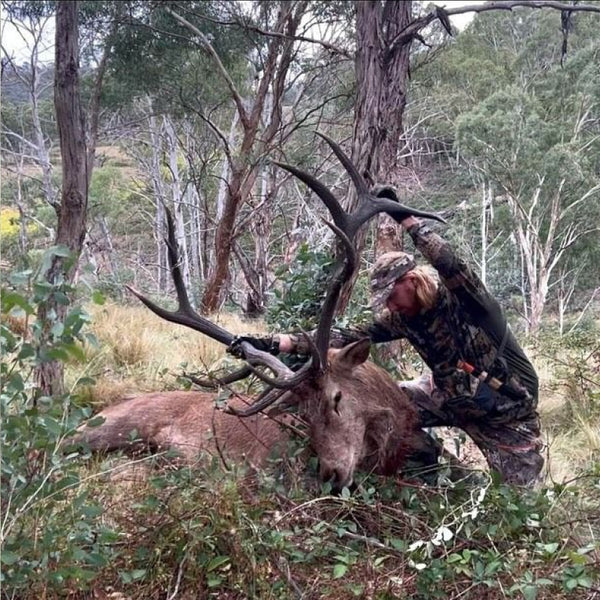
“This magnificent stag was pulled in by doe calls, completely unaware that the “cute hind” he was following was actually an ugly redhead (aka, me!) head to toe in Hunters Element Desolve Veil.”
“Numerous times while bow hunting I have been able to get close. In the case of this Bull Tahr, 9 paces was my shot distance, he had no idea I was there.”
Sources
For our research we have collected over 50 sources of seemingly credible reports and articles.
The two criteria that we bound ourselves to were that they must have come from a qualified scientific background directly in the field of ungulate vision and the studies or papers must have been published since the year 2000.
Here are some of the more easy to read articles:
New York Times
The Free Library
North Country Whitetails
Game & Fish Mag